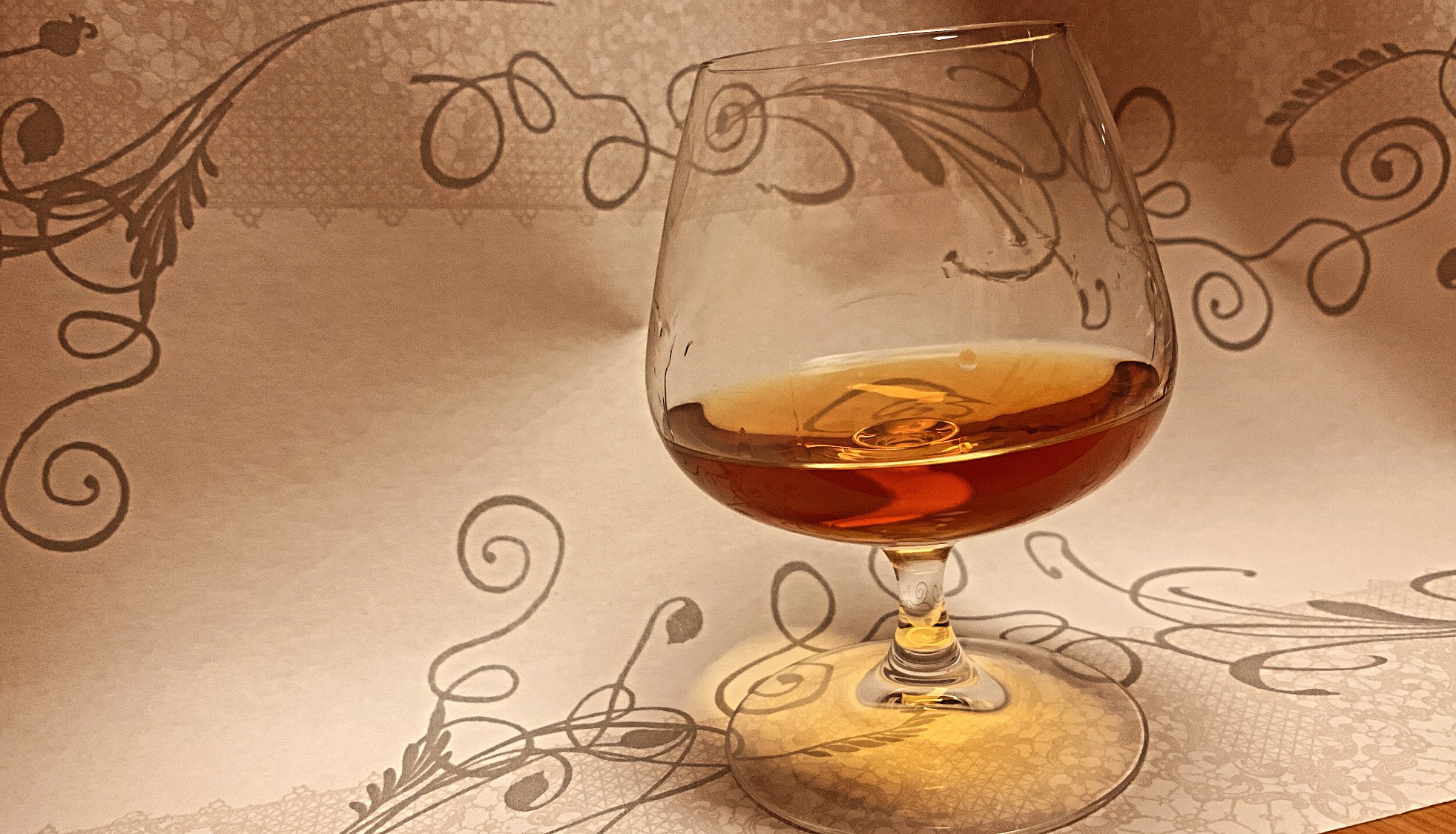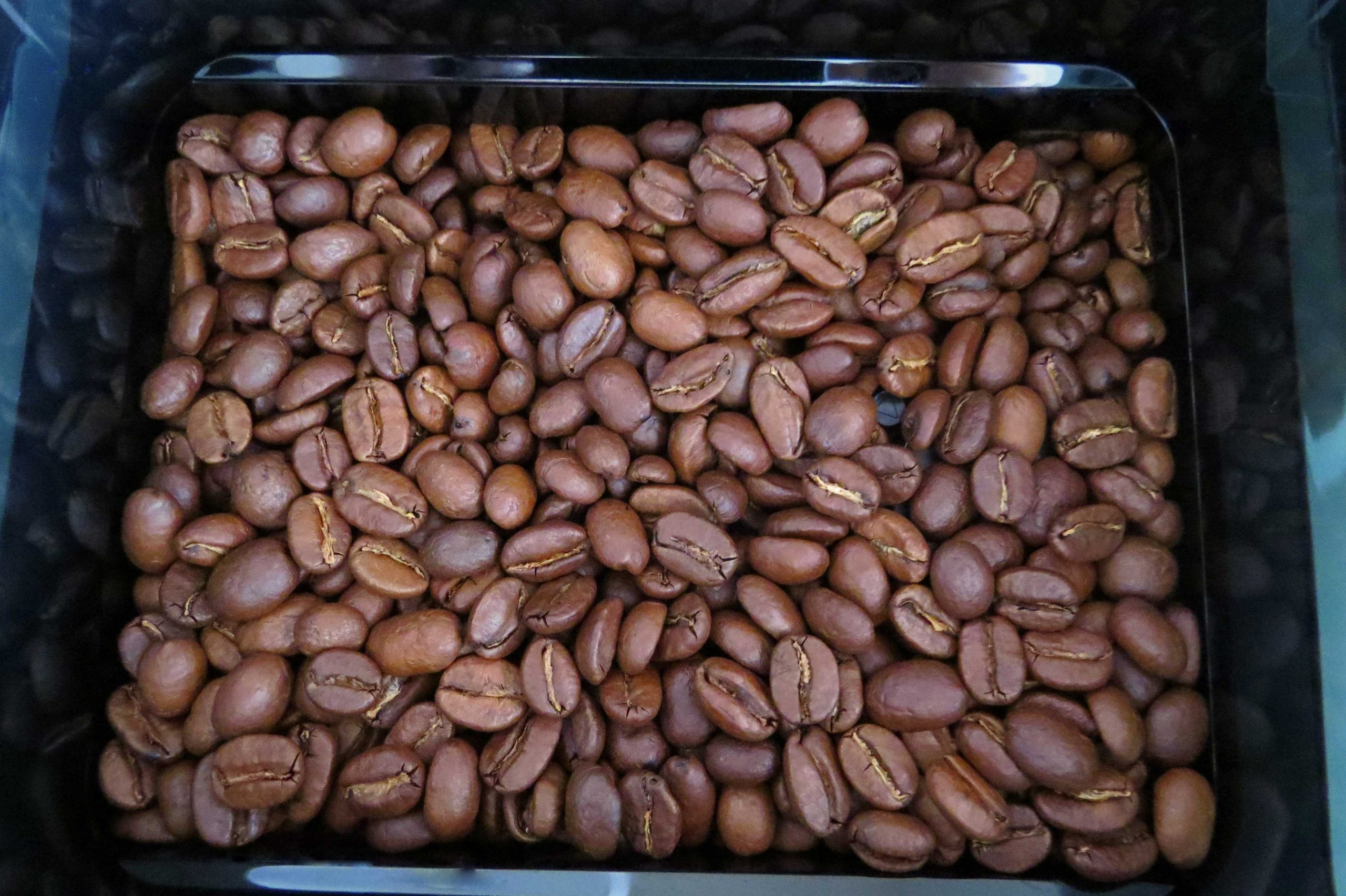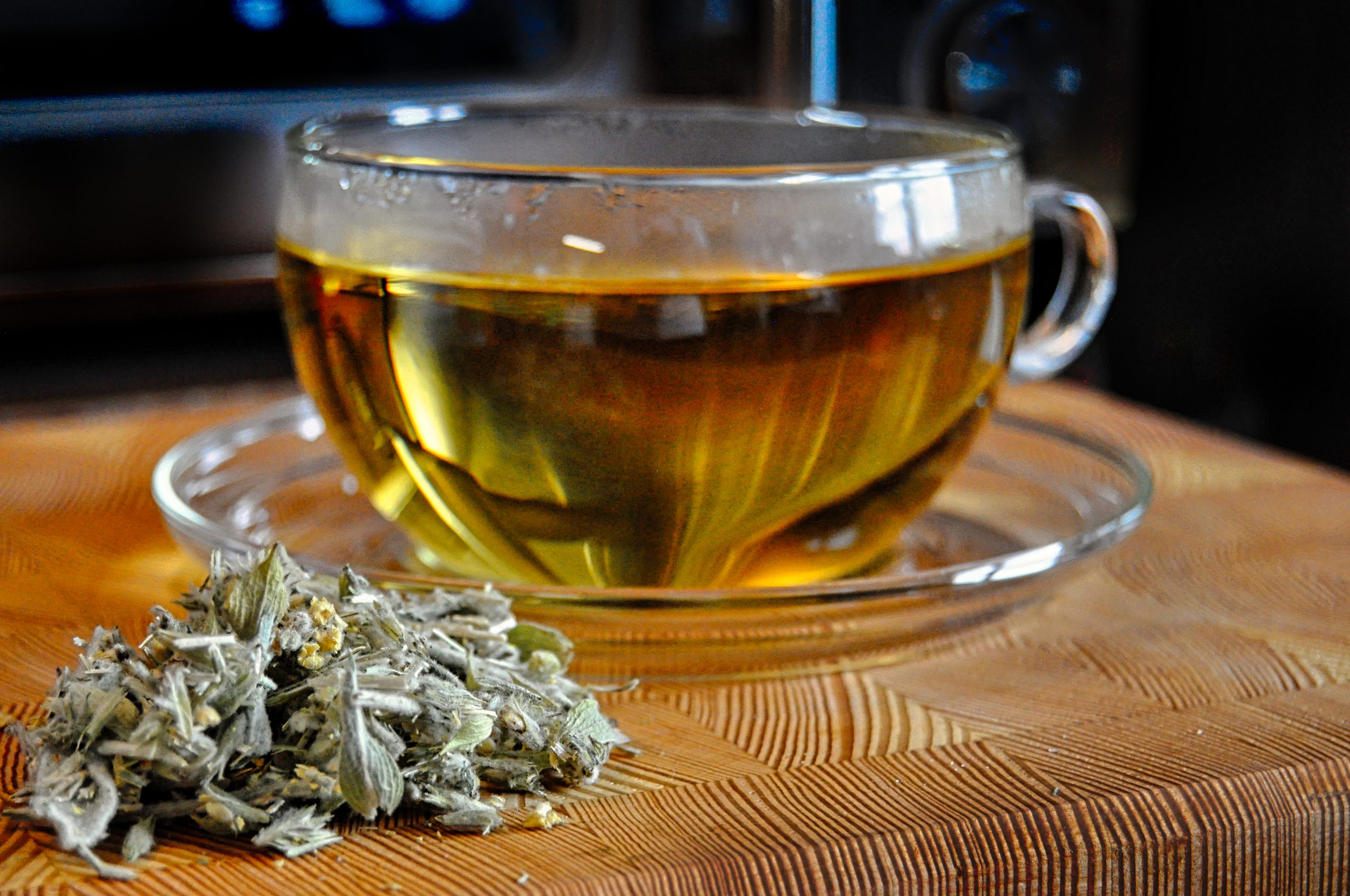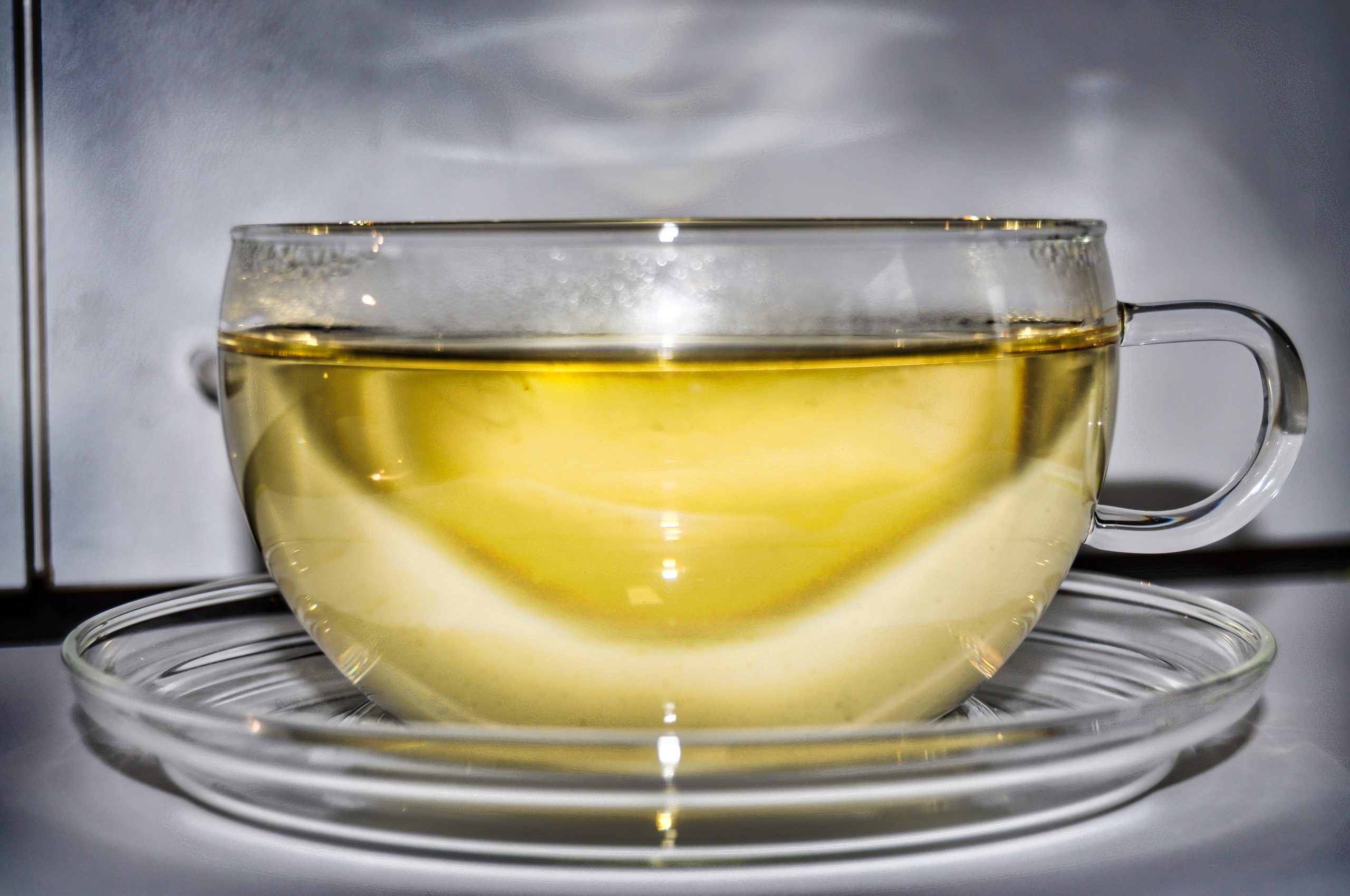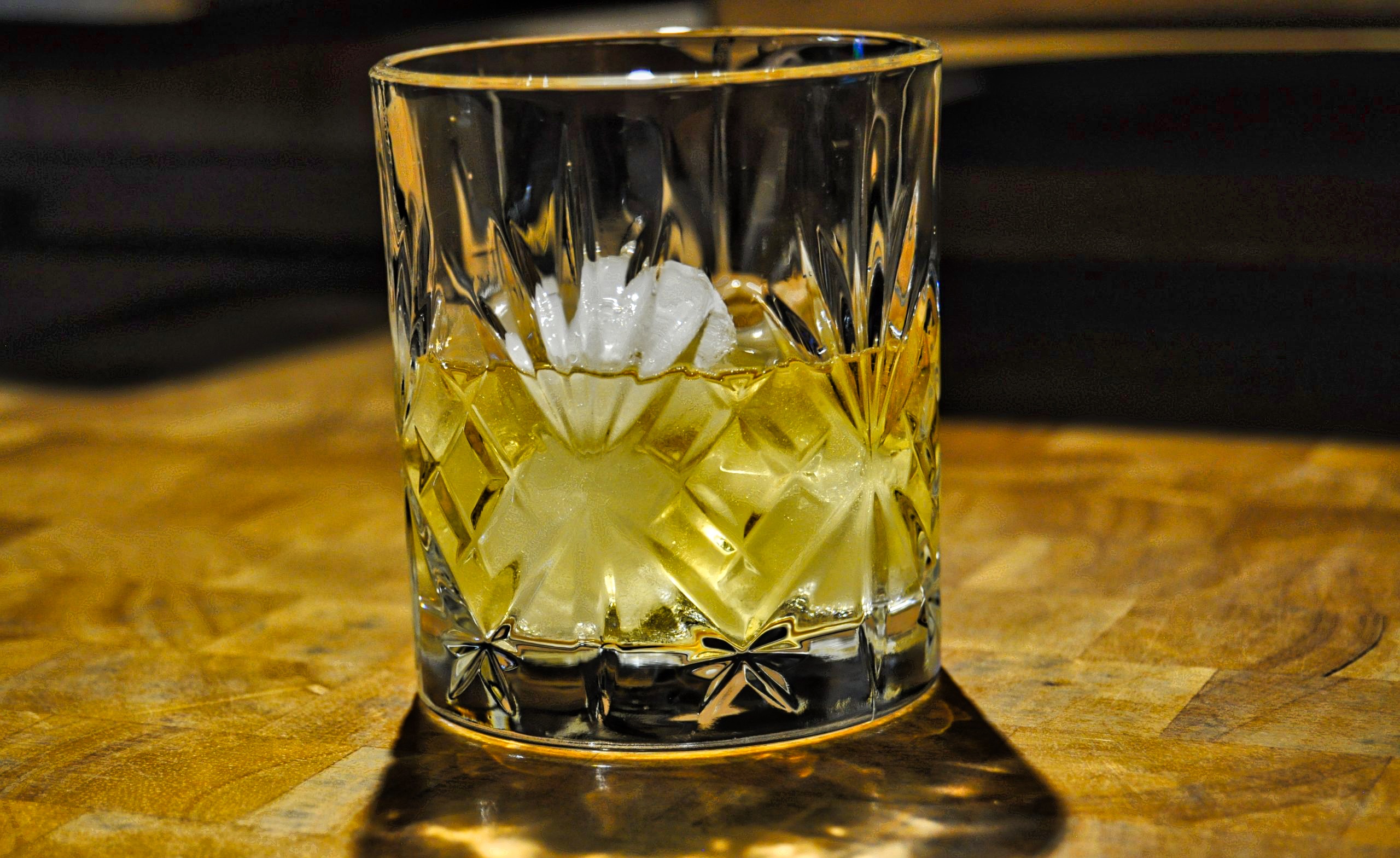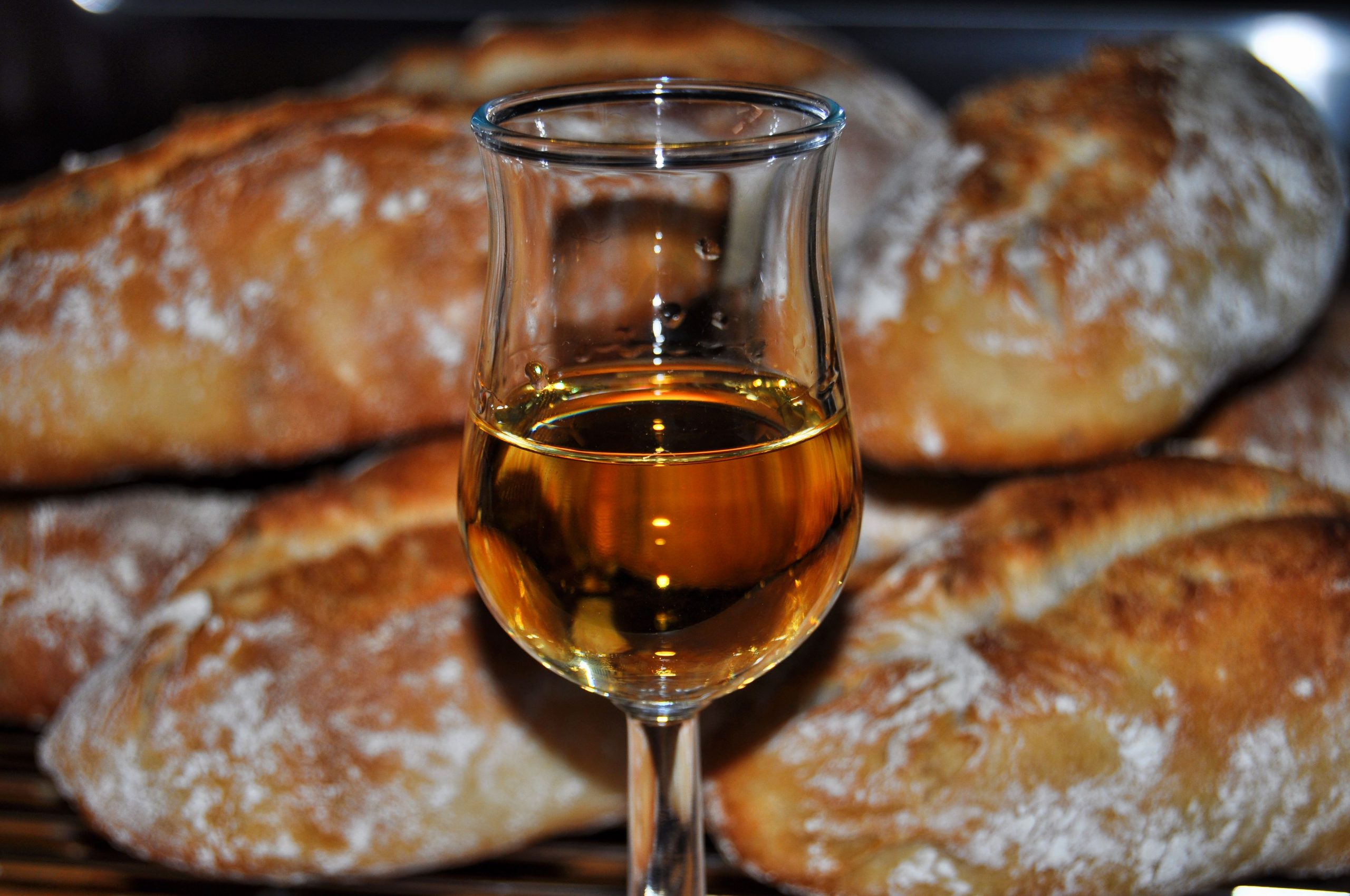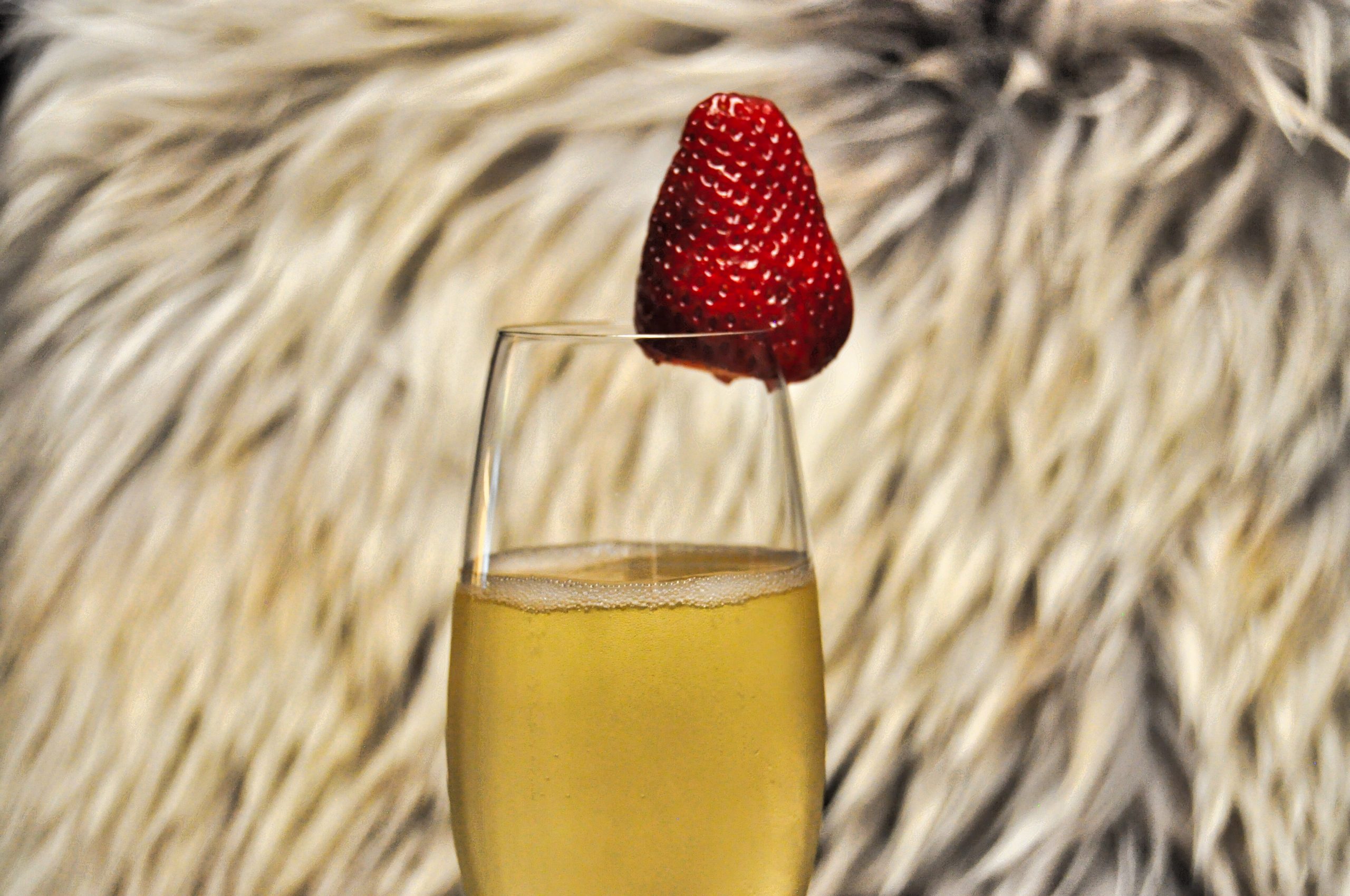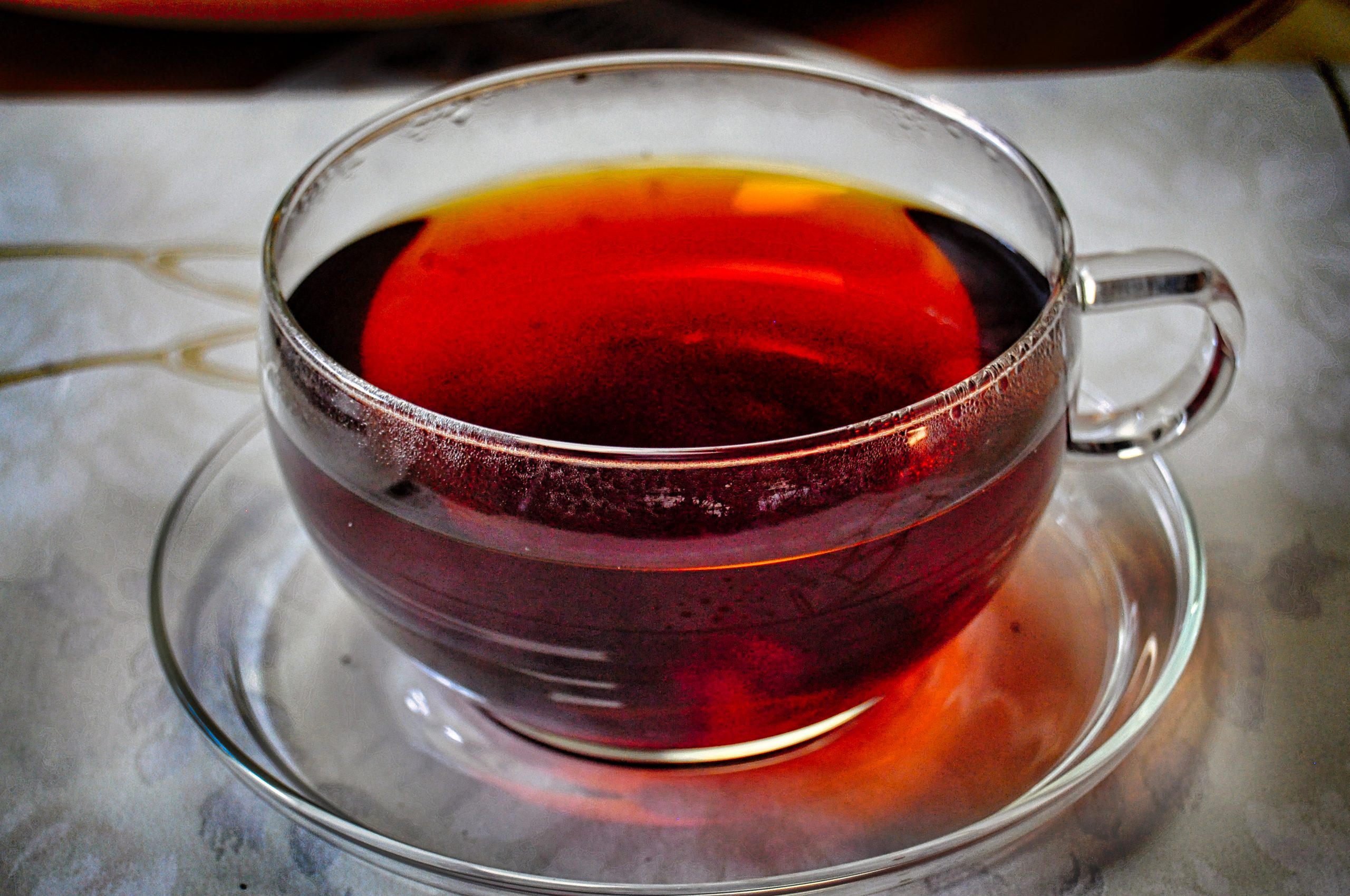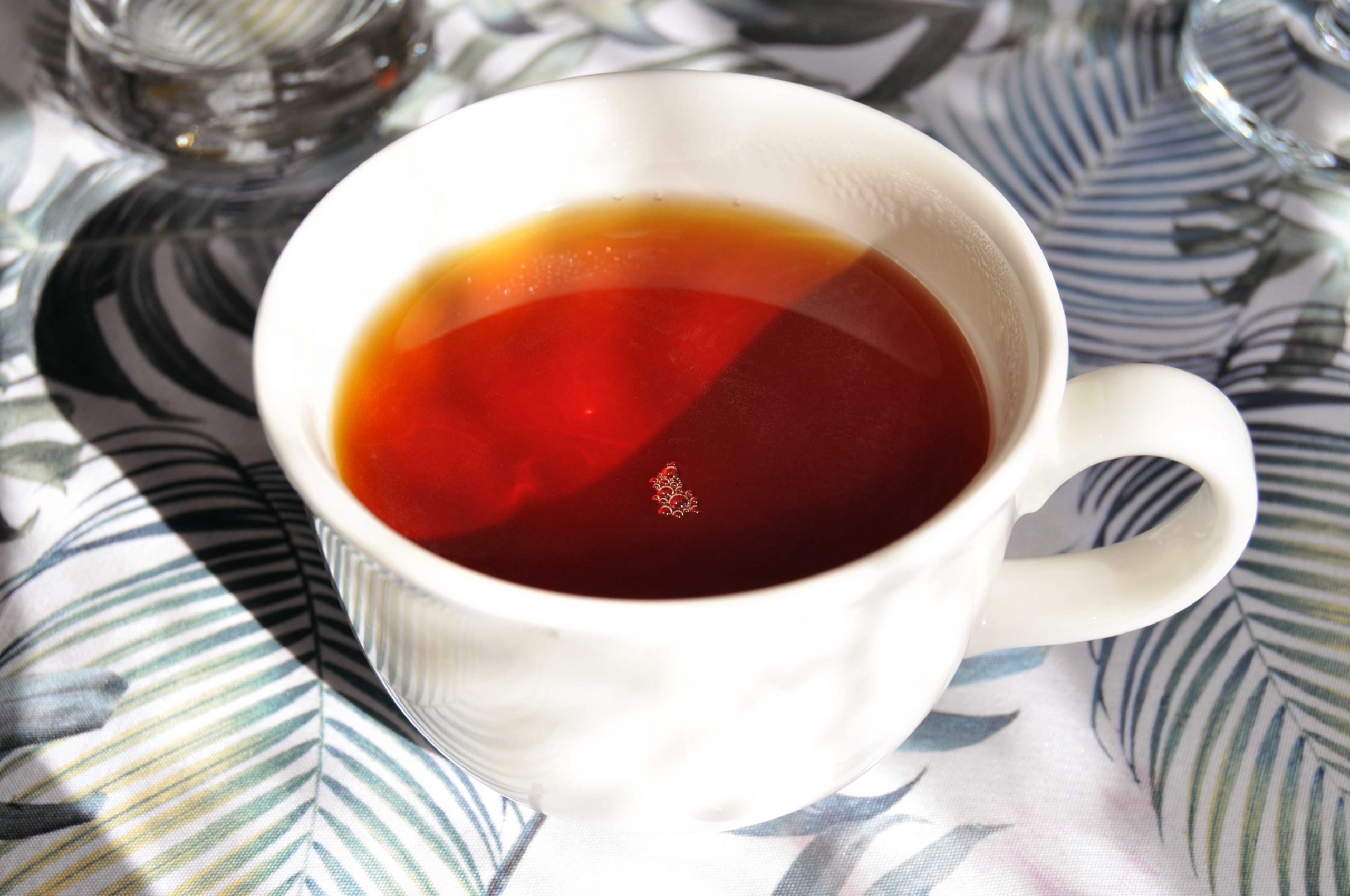Legend has it that Earl Grey tea originated from the situation that on the family estate of the British Prime Minister Charles Grey, 2nd Earl Grey (1764 – 1845), the drinking water contained so much lime that it became impossible to enjoy the tea: So it was decided to add some bergamot oil to the tea, which masked the chalky taste of the drinking water and brought a pleasant flavour.
How it came about that bergamot oil, which comes from Calabria, was used to refine the teas at the family estate of the British Prime Minister, of all places, is still unclear today. There is a version of the story that assumes that a Chinese mandarin developed a special tea recipe for Charles Grey to conceal the chalky taste of the drinking water. In the process, the mandarin came across bergamot oil.
Another legend says that barrels filled with bergamot oil leaked on a merchant ship on heavy seas and soaked the tea, which was also on the ship, with the oil. The resulting taste is said to have impressed the 2nd Earl Grey so much that he ordered that this tea always be produced in this way in the future. Only one thing is certain: The 2nd Earl Grey played a decisive role in the naming of the legendary tea.
To obtain just one litre of bergamot oil, one needs about 200 kilograms of bergamot fruit.
Bergamot oil
The bergamot fruit is a natural hybrid of the sweet lime and the bitter orange: the bergamot trees grow almost exclusively in Calabria, Italy. The fruit itself is of relatively little importance; the tree is mainly cultivated for its bergamot oil, which is considered “green gold”.
Bergamot oil also plays a major role in perfume production. Because bergamot oil is an extremely precious oil, bergamot aroma is often used in tea production to flavour the teas: To obtain just one litre of bergamot oil, one needs about 200 kilograms of bergamot fruit. If every Earl Grey tea available on the market were flavoured with bergamot oil, the stocks of the precious oil would not be nearly enough – furthermore, the preciousness of the oil is also reflected in its correspondingly high price.
End of the tea monopoly
The legacy of the English Prime Minister Charles Grey does not only include the tea variety named after him: His tenure saw the abolition of the East India Company’s trade monopoly, which controlled tea prices until 1833. The East India Company’s control of tea prices meant that tea was only available to the upper classes – it was simply a luxury drink. After the East India Company lost its monopoly on the tea market, tea prices plummeted – consequently, from the mid-19th century onwards, much broader social classes came to enjoy the hitherto exclusive beverage. However, this by no means meant that everyone could enjoy high-quality tea: The sudden demand made it necessary for cheaper qualities of tea to be used as well.
At first, bergamot oil was nothing more than a flavouring agent that lent flavour to a bland-tasting basic tea. Even today, mainly cheaper basic teas are flavoured with bergamot oil to create an intense aroma. But tea connoisseurs know: An aromatic and high-quality base tea refined with bergamot oil results in a unique taste experience.
Lady Grey
Charles Grey’s wife, Lady Mary Elizabeth Grey, modified the Earl Grey tea blend to her own taste: the wife of the British Prime Minister added blue mallow blossoms, rose petals, small pieces of lemon and cornflowers to the tea blend. This blend gave Earl Grey a much more invigorating character and went down in history as Lady Grey.
The Lady Grey blend turned what was actually a tart Earl Grey into a lemony, flowery tea.
Due to the caffeine contained in the black tea, an Earl Grey has a stimulating effect on the body. In addition, Earl Grey is said to have numerous other positive effects on the human body.
Earl Grey tea has numerous real and fictional admirers.
“Tea, Earl Grey, hot.”
Originally, only Chinese teas were used to make Earl Grey. Today, very different basic teas are used to make Earl Grey: Teas from India play a major role. Darjeeling teas are particularly popular as the basis for an aromatic Earl Grey tea: Since the bergamot oil gives the tea a very strong flavour, less strong-tasting base teas are often used to make the popular tea blend.
Earl Grey tea has numerous real and fictional admirers: For instance, Earl Grey enjoys great popularity with Captain Jean-Luc Picard, Captain of the U.S.S. Enterprise in Star Trek: The Next Generation – one may wonder whether the 24th century Earl Grey from the food replicator is flavoured with real bergamot oil or with bergamot aroma?
Cover picture: A cup of Earl Grey, © Simon von Ludwig

 Deutsch
Deutsch
